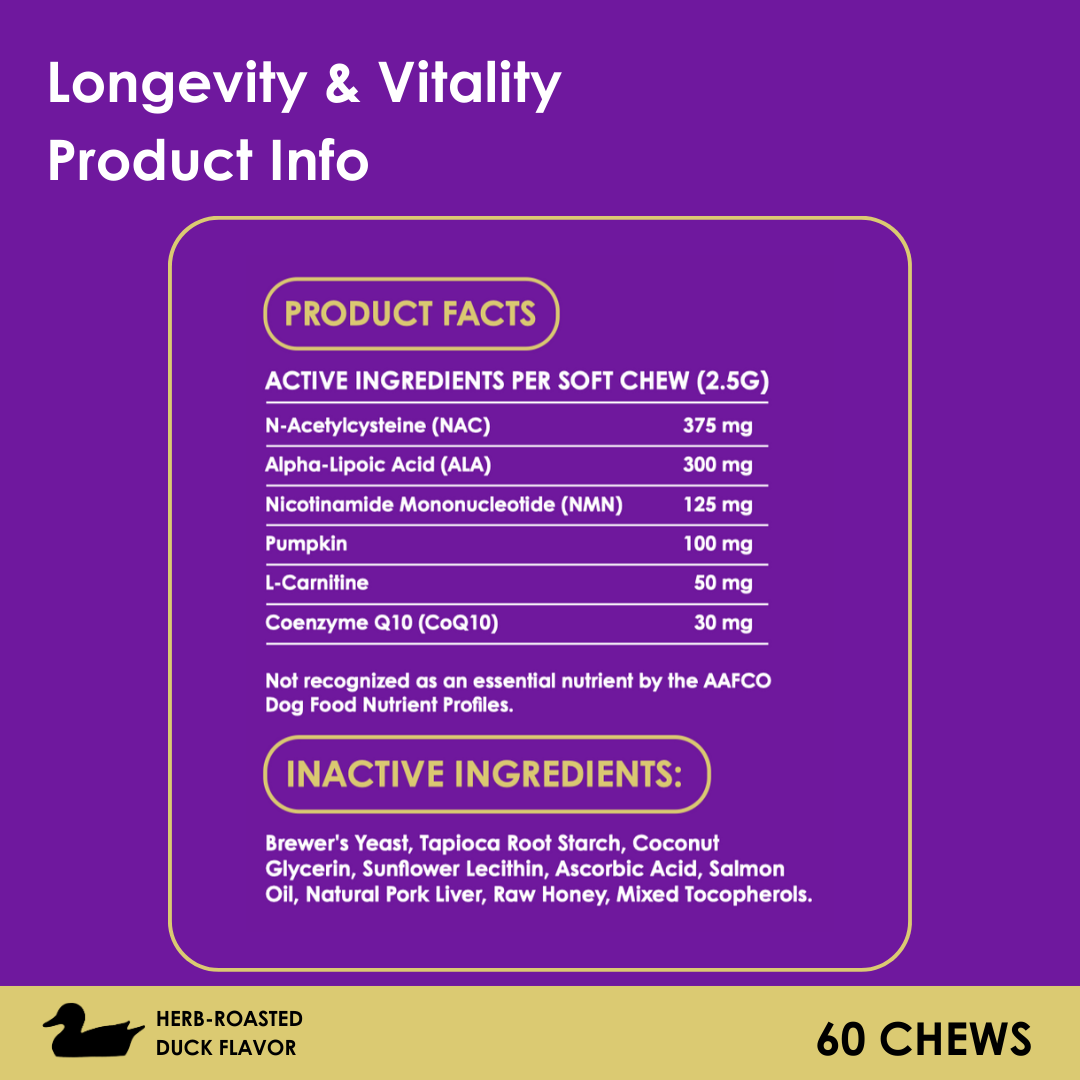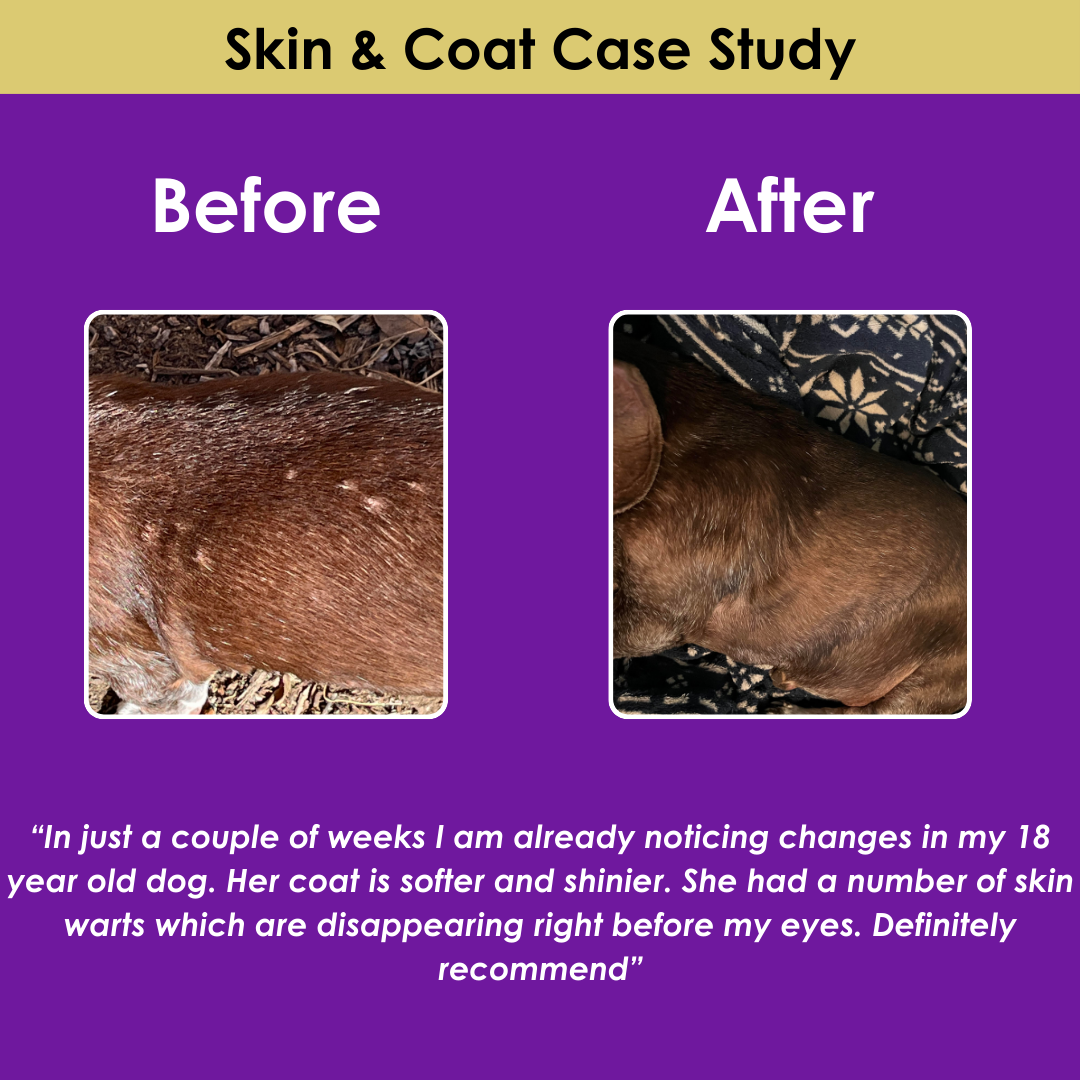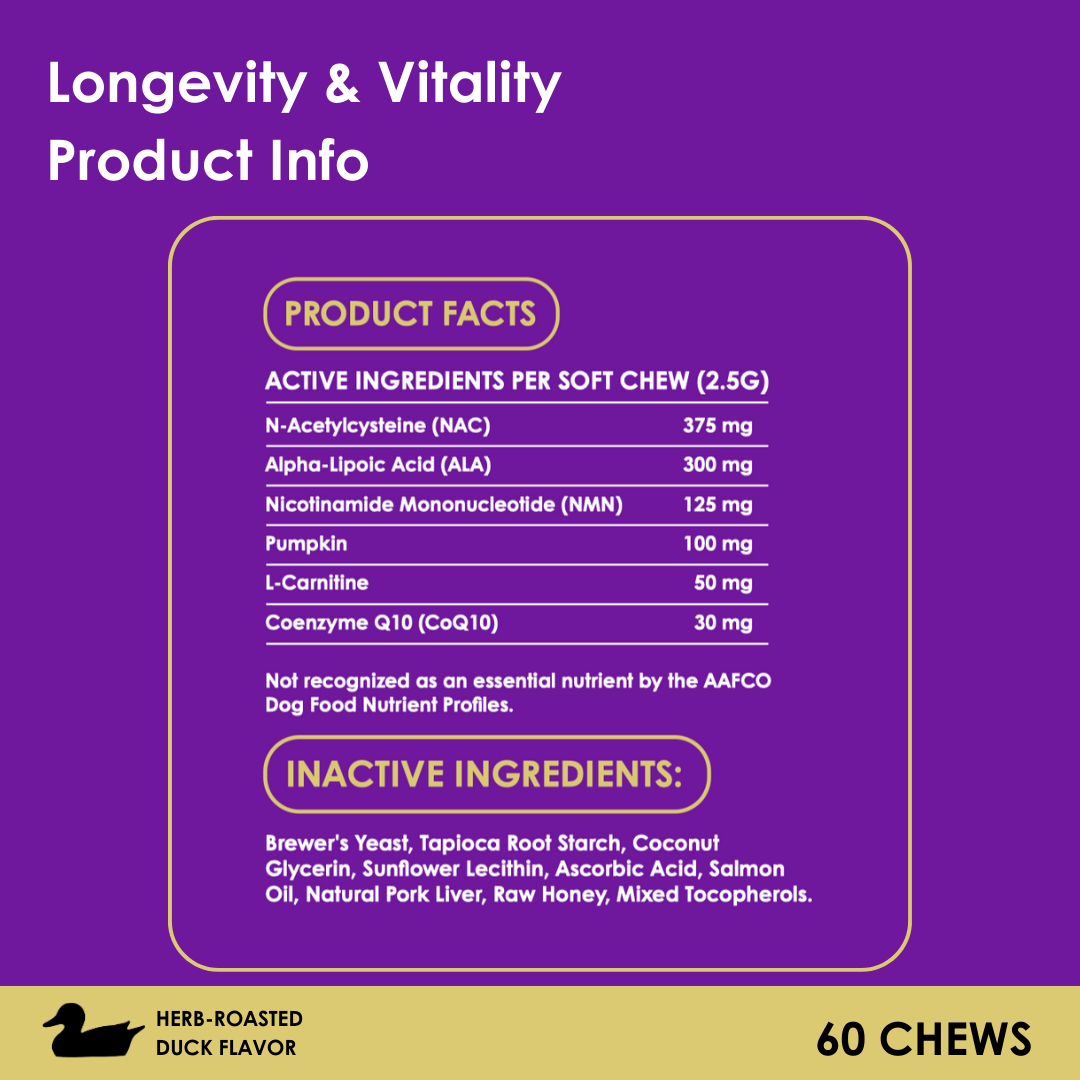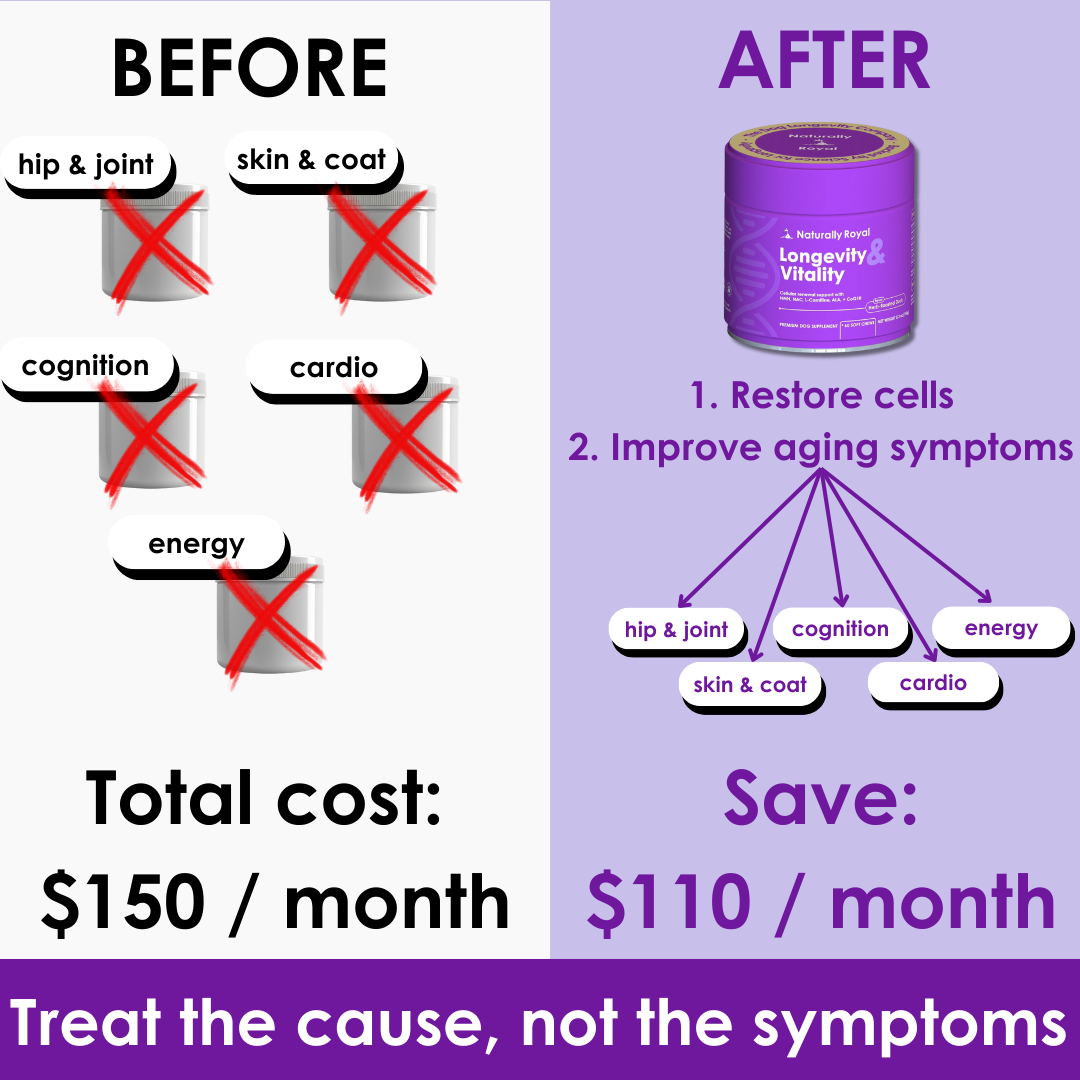How Your Dog’s Gait Affects Their Longevity
A dog’s gait—the way they move—can reveal a lot about their overall health and may even impact their lifespan. When dogs begin to exhibit irregularities in their gait, such as limping, stiffness, or a “wobble,” it may be an indication of an underlying issue that could affect their long-term health. Understanding your dog's gait and addressing any issues early can help extend their life and improve their quality of life. Let's dive in:
The Link Between Gait and Longevity
The way a dog walks can directly affect its physical well-being. A healthy, fluid gait allows for proper joint function, reduces stress on the bones, and supports overall mobility. However, abnormalities in a dog’s movement, such as a limp or irregular stride, may suggest more serious underlying health conditions that could impact your dog’s longevity if left untreated. One example is wobbler syndrome, a neurological condition that affects the cervical spine and causes instability in a dog’s gait, which can severely impact their mobility and comfort.
Common Gait Issues and What They Signal
-
Limping and Joint Problems: Limping or stiffness is often an early sign of arthritis or joint issues in dogs, especially in older or large breeds. Over time, these issues can cause significant pain, reduce mobility, and lower quality of life if not addressed. Osteoarthritis, a common degenerative condition, leads to the breakdown of cartilage in the joints, making movement more difficult and painful for dogs.
-
Wobbler Syndrome: Wobbler syndrome, as the name suggests, causes dogs to exhibit a “wobble” when they walk. This condition, often found in larger breeds like Great Danes and Dobermans, involves the compression of the spinal cord, which leads to a lack of coordination and weakness in the limbs. Left untreated, wobbler syndrome can severely limit a dog’s mobility and lead to muscle atrophy, potentially shortening their lifespan.
-
Muscle Atrophy: When a dog’s gait is compromised, they may use their muscles less effectively, leading to muscle loss over time. Muscle atrophy can further hinder movement, leading to a cycle of decreased activity, which in turn can lead to weight gain, joint stress, and increased risk of diseases like diabetes and heart conditions.
Addressing Gait Issues for Better Longevity
-
Early Detection and Treatment: Regular check-ups with your veterinarian are crucial to detecting gait abnormalities early. X-rays, physical examinations, and even gait analysis can identify joint or neurological issues before they worsen. For conditions like arthritis or wobbler syndrome, early intervention with medication, physical therapy, or surgery can significantly improve your dog’s comfort and mobility.
-
Physical Therapy and Exercise: Low-impact exercises such as swimming and controlled walking can help dogs with joint or gait issues maintain mobility and muscle strength without putting too much strain on their joints. Physical therapy, including massage and hydrotherapy, is also an effective way to keep your dog moving and prevent further complications from gait abnormalities.
-
Weight Management: Maintaining a healthy weight is essential for dogs with gait issues. Excess weight puts added strain on already-compromised joints and can accelerate the development of osteoarthritis or exacerbate conditions like wobbler syndrome. A balanced diet and regular, low-impact exercise can help maintain your dog’s weight and overall health.
-
Supplements and Medications: In some cases, joint supplements like glucosamine and chondroitin can support joint health and reduce inflammation. For dogs with more advanced conditions, pain management through anti-inflammatory medications may be necessary to keep them comfortable and mobile.
Impact on Longevity
When gait issues are left untreated, dogs may experience chronic pain, reduced mobility, and a significant decline in quality of life. However, by addressing gait abnormalities early, providing proper treatment, and maintaining an active lifestyle, you can help your dog live a longer, healthier, and more comfortable life.
Conclusion
Your dog’s gait is more than just how they move; it’s a window into their overall health and well-being. Whether it’s signs of arthritis, neurological conditions like wobbler syndrome, or muscle atrophy, taking steps to address gait problems early can make a significant difference in your dog’s longevity. By providing the right care, exercise, and medical interventions, you can help ensure that your dog enjoys a longer, more active, and healthier life by your side.
























